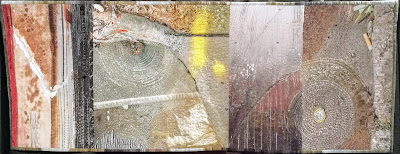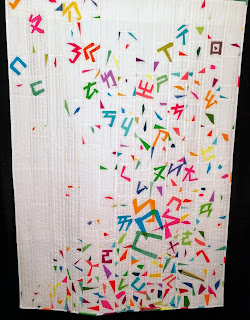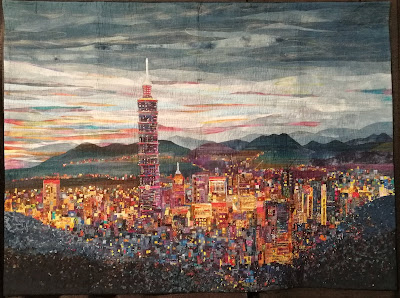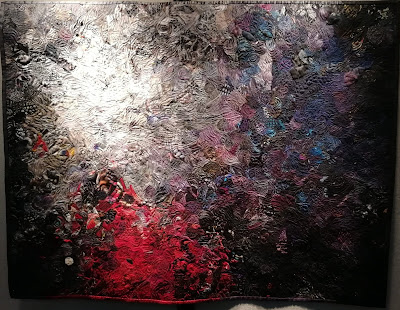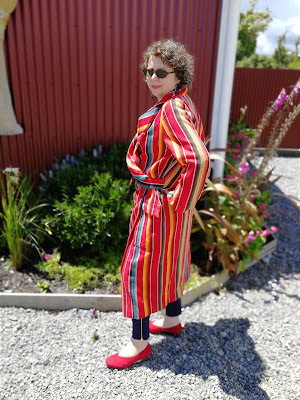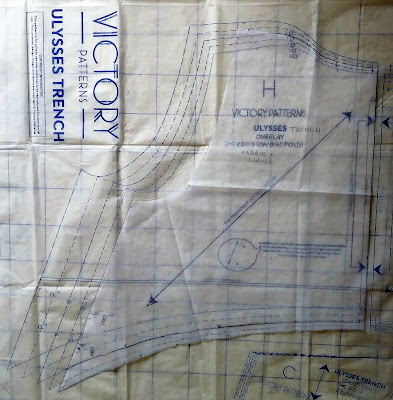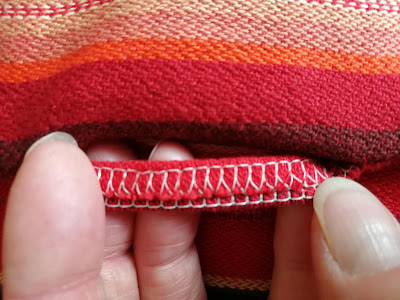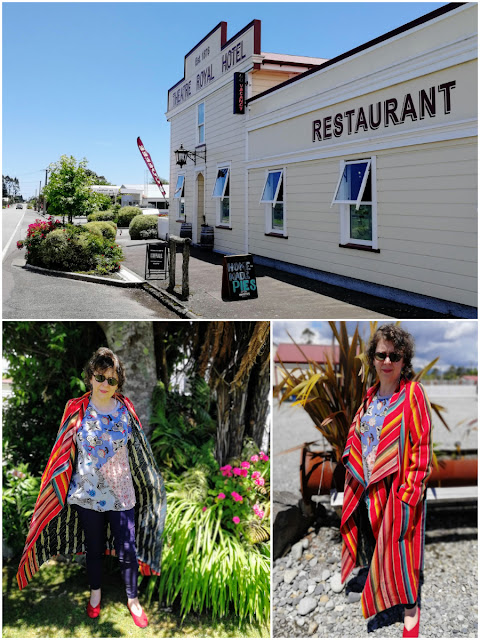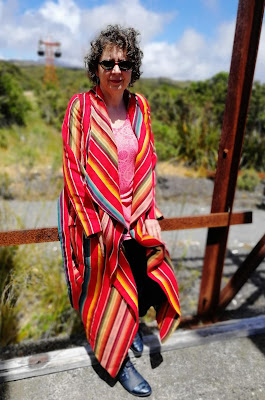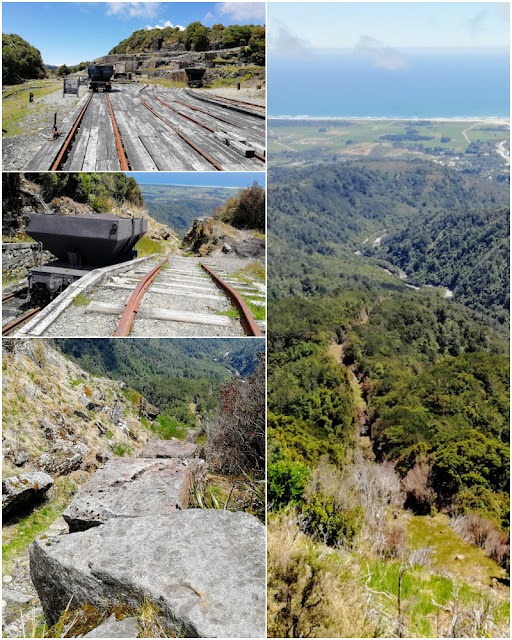International Quilt Festival was a very relaxed event for us this year. Our progress around the vendors was slow and we didn't think we had seen many of the quilts this trip. When I came to create a blog post and transcribed all of the artist statements from my very wonky photographs there were a lot more quilts than I imagined. So I have split the eye candy blog into two. This first one, of 28 photographs, is all about the quilts that caught my eye in the other exhibitions that run alongside the International Quilt Association juried show.
Some of these exhibitions didn't allow photography which was a shame as having a lasting image of some of them would have been wonderful. The two notable exhibitions for me that didn't allow photography were the Kaffe Fassett's Heritage Quilts in America and eQuilter's Love Your Mother quilt challenge.
Some of these exhibitions didn't allow photography which was a shame as having a lasting image of some of them would have been wonderful. The two notable exhibitions for me that didn't allow photography were the Kaffe Fassett's Heritage Quilts in America and eQuilter's Love Your Mother quilt challenge.
A Celebration of Colour
"Whatever your style...quilt colourfully. This annual judged competition and exhibit features works created in a variety of styles and techniques with vibrant and colourful designs."
 |
| Midnight Fantasy #10 by Caryl Bryer Fallert-Gentry of Port Townsend, Washington, USA Techniques: Machine pieced and quilted, painted, hand-dyed. Design source: A new variation on a series of sketches I drew in the middle of a sleepless night in 1999. Artist statement: Shapes that begin as negative spaces often become focal points. Hand-dyed gradations were used in the spikey templates. The multi-coloured background fabric was painted with dye. Spaces between the lines are quilted with six different colours of thread. |
Made in Texas
"The 25 quilts included in this exhibit celebrate the pioneering spirit, natural beauty, and artistic talents of the Lone Star State. From a first time quilter to prize winning artists, the makers reside in all regions of Texas."
Quilted Leather Art Saddles: Cathy Wiggins
"This exhibit features artist Cathy Wiggins' unique one-of-a-kind art saddles. Each saddle is constructed from quilted leather panels, that are shaded for added dimension. The saddles are embellished with traditional western-styled hardware, unusual charms, fringe, 3-D flowers and more. Each saddle is a work of art and opens up a whole new world of saddle design."
 |
| Cathy Wiggins talking about the creation of her saddles |
Rising Stars
"This annual exhibit features the works of specially selected quilt artists who have developed and demonstrated substantial creative growth over recent time. This exhibit highlights the works of "rising stars: Jill Kerttula and Cecilia Koppmann." Sponsored by Aurifil.
Jill Kerttula
Jill makes original design quilts using hand-embroidery and embellishment, machine piecing, embroidery and embellishment with digitally printing.Cecilia Koppmann
Cecilia was born and raised in Buenos Aires, Argentina. She is part of the first generation of quilters in her native country. After studying interior design, she began taking lessons in patchwork and quilting with Patricia Caffrey in 1998. In Koppmann's own words, "From that moment on, I simply could not take my hands off my fabrics and my sewing machine. For me, patchwork was love at first sight!"She spent the following years studying different techniques by taking online classes as well as attending festivals abroad. It was Koppmann's enthusiasm that ultimately led her to teach patchwork and quilting on a TV show from 2002 to 2014. This proved to be an introduction to patchowrk and quilting for many in Argentina. Soon, a community started to grow. Another turning point for Koppmann was when she learned how to dye her own fabrics.
Today what interests Koppmann the most is the use of colour and its values - and what the interaction between both can generate. She has gone on to take several seminars on the use of colour with different visual artists. These experiences have proven to be a wonderful complement to her previous studies in interior design.
Regarding her work, Koppmann explains, "When starting a new quilt, I like to establish some criteria so as to set up a frame in which to work. In general, the first stage is fast, improvised, and with an almost frenetic pace. Then the pace becomes slower and thought out. This stage of composition is, for me, like painting with fabric; I put the pieces in the design wall panel, I then observe, compose, order, establish rules, remove and add parts until the final design emerges."
Hands All Around
"Artists from all around the world incorporate influences from their own cultures into the design and technique of their quilts. This prestigious long-running international showcase includes recent quilts by international artists."
Tactile Architecture™
"Buildings have a long history of inspiring the creative designs of quilt makers. In the 19th century American quilters developed classic architectural patterns such as Log Cabin, School House and Brick Wall. This annual juried exhibit challenges quilt makers to create works based on architectural themes and inspiration."
Modern Quilt Guild Showcase
"Members of the Modern Quilt Guild chapters around the world submitted their creations for this exhibit which showcase traditional quilting techniques that also incorporate modern design aesthetic." Sponsored by the Modern Quilt Guild.
SAQA: Dusk to Dawn
"When the sun dips below the horizon, the world changes. The trees are lit by the silvery light of the moon, and warm lamps glow in a child's room as they listen to a bedtime story. Sleep can bring beautiful and powerful dreams, but also night terrors. Artists in this exhibit created works that interpret what the night means to them." Sponsored by Innova.
Judy Murrah: From the Heart
This exhibit was a memorial tribute to Judy Murrah and featured a special selection of her quilts and garments. I captured a couple of photos from this exhibition because I too have used Judy's books to make quilted jackets (not sure I ever finished any but there are a couple still in progress taking up space in a storage tub). IQF wrote the following tribute:
"A lover of quilts and quilt makers who built Festival's education division into the equivalent of a college curriculum...a talented designer of remarkable clothing and author of the books to make them...a beloved quilting teacher...a collector of antique fabrics, trims, ribbons and quilts...a pattern and fabric designer whose speciality was a soft romantic palette...those talents came packaged into the beautiful woman who was Judy Olafson Murrah...our long-time Vice President of Education and Administration.
She will be greatly missed by many people all over the world who have enjoyed the classes she organised with our teachers, but for us, her family of friends and colleagues at Quilt Inc, Judy will always be in our hearts.
Her door was always open for us, her smile was warm and inviting, and her advice was welcome. She was a treasured, talented friend who loved us dearly, but who loved her family and her role as mother and grandmother even more. How we will all miss her."
The Cherrywood Fabrics Prince Challenge
Cherrywood Fabrics hosted an art quilt challenge to create a unique quilt honouring Prince's legacy using hand-dyed fabrics in purples. Participants were asked to use Prince's music as inspiration to push themselves creatively, think outside the box and create new fibre art. The contest was open to anyone and entries were received from several countries. All the quilts were the same colour, fabric, size and theme.
 |
| The Prince of Purple by Penny Hurst of Fresno, Texas |











